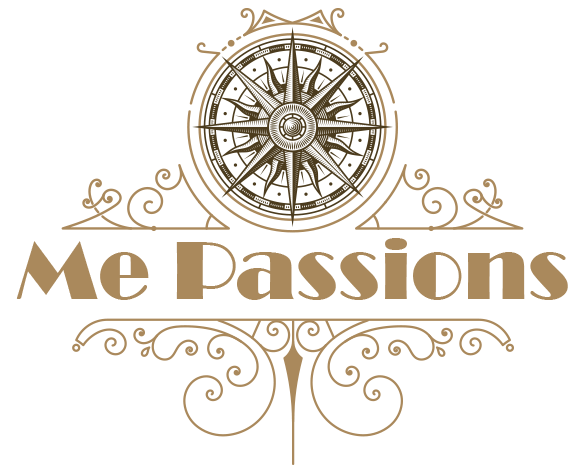
eBay
Vintage Halloween postcards capture the charm and folklore of early 20th-century Halloween celebrations. Emerging in the United States and Europe in the late 1800s to early 1900s, they offered whimsical and often eerie illustrations that celebrated the holiday’s themes, including witches, black cats, jack-o’-lanterns, ghosts, and goblins. While many early Halloween celebrations in the States were more adult-focused, the holiday soon evolved into a family-centered festivity; postcards documented the cultural shifts and helped spread Halloween traditions. They were popular when Halloween parties, fortune-telling, and supernatural tales were all the rage, which is evident in the art and themes of the cards.

WorthPoint
Postcards first appeared in the United States in 1861, patented by John P. Carlton, who then sold the rights to H.L. Lipman in Philadelphia. These early postcards had no pictures; instead, the front was left blank for a handwritten message from the sender, while the back included the address lines and a postage stamp box. Postcards caught on quickly throughout Europe, and many countries began introducing their own postcards throughout the next decade. In 1873, the U.S. government started selling pre-printed postage cards. In 1875, Congress passed the first “International Postal Treaty,” allowing postcards to be sent outside any country’s borders. The subsequent “Private Mailing Act” ended the federal government’s pre-stamped postcard control and lowered the postage to one cent.

WorthPoint
Lower mailing costs and improved postal services led to multiple daily deliveries. Postcards became a fast and affordable way to connect. Americans embraced postcards as a convenient method for frequent communication with friends and family—similar to today’s digital messaging. In 1907, the USPS allowed postcards to have a divided back, permitting postcards to make space for both a message and the recipient’s address on the back of the card. Modern-day postcards, particularly the fashionable and popular holiday postcards, were born.

WorthPoint
Postcards were sent as well-wishes during the fall season and as invitations to Halloween parties. Their unique seasonal and occasionally spooky themes made them popular with adults and children alike, and almost every home had a postcard album full of beautiful Victorina-style holiday cards. Before World War I, Germany’s advances in lithography allowed German manufacturers, such as the International Art Company, to produce cards with extraordinarily well-done artwork. After the war began, cards had to be made in England and the United States.

WorthPoint
Several artists and publishers became known for their Halloween (and other holiday) postcards. Notable names include Ellen Clapsaddle, who was famous for her endearing portrayals of children in Halloween attire, and Samuel L. Schumaker, who, although partially paralyzed in his dominant hand from childhood polio, built a career as a well-known artist and publishers such as Raphael Tuck & Sons and John O. Winsch. Designs were generally sent to Germany to take advantage of its advanced lithograph processes. Limited editions and series were released with intricate illustrations and embossed designs prior to World War I, making certain postcards highly desirable for collectors.

WorthPoint
The peak popularity of Halloween postcards coincided with the “Golden Age of Postcards” (roughly 1907 to 1915). By the 1930s, the demand for Halloween postcards (as well as other seasonal postcards) had waned. However, they remain quite collectible.

WorthPoint
Authentic Halloween postcards are typically smaller in size than modern postcards, have divided backs, and may show signs of wear, like slight discoloration or fraying. Publisher marks, common in Raphael Tuck, International Art Publishing Company, or Clapsaddle postcards, can aid in identification. Details, like embossed textures, were a characteristic quality in early 1900s German-made cards. Age-related toning or sepia hues, as well as any handwriting or postal cancellation stamps, can help identify your vintage postcard. With prices ranging from modest to high depending on rarity, condition, and publisher, Halloween postcards continue to enchant collectors drawn to the postcard’s detailed illustrations and holiday imagery.
You may also like:
Vintage Halloween collectibles cast a spell on collectors
Halloween Cards Offer A Pun Time









